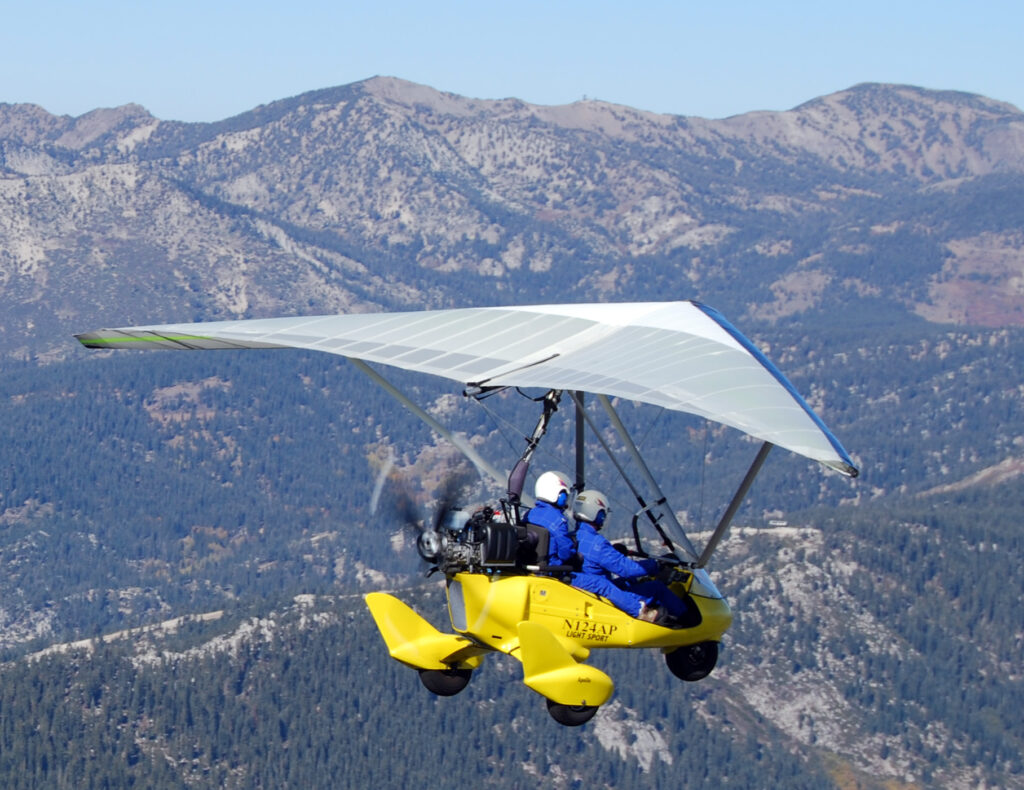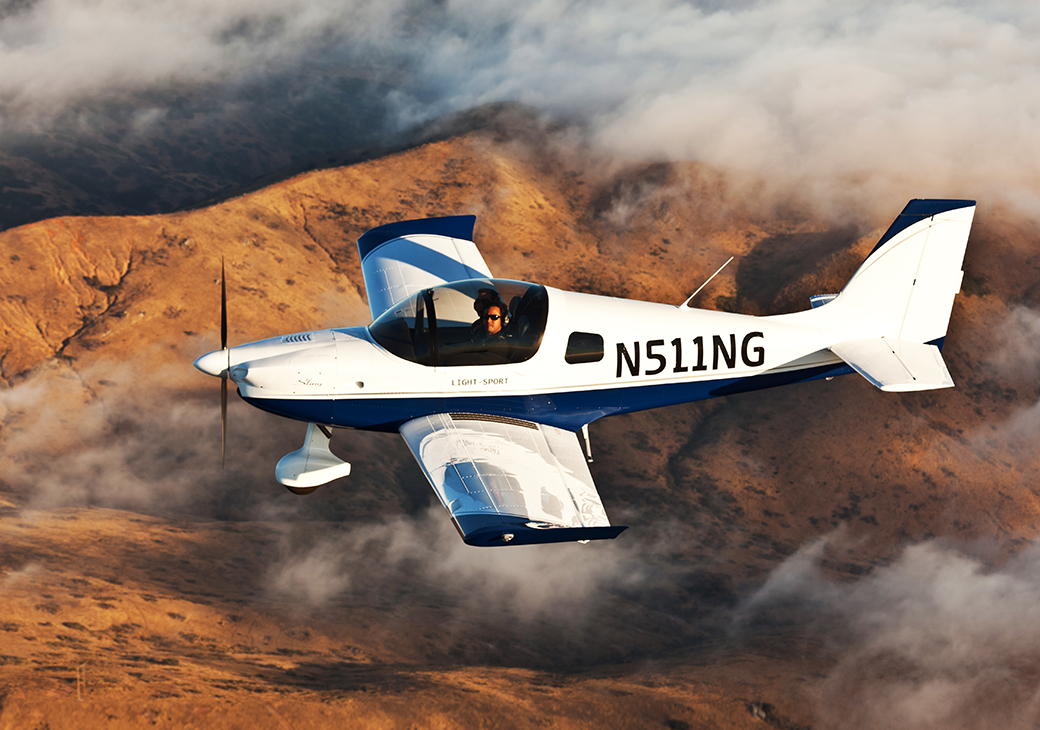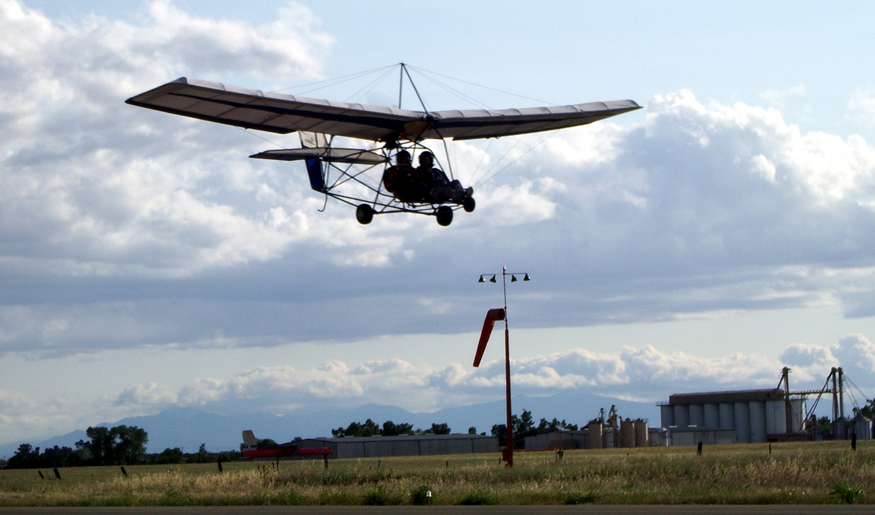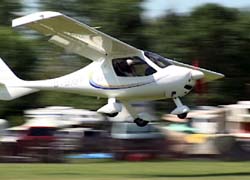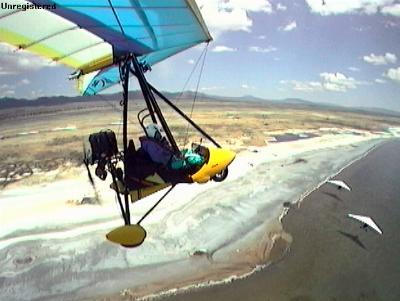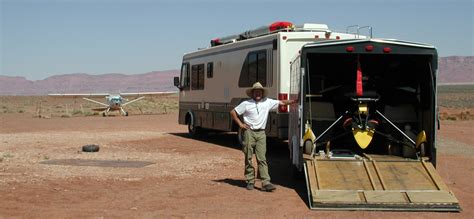What Type of Aircraft Do You Want to Fly?
In following your passion to fly, one of your first decisions will be what you want to fly. In the United States, the Federal Aviation Administration’s rules for getting a pilot’s license (certificate) differ depending on the type of aircraft you fly.
A light-sport aircraft, also known as light sport aircraft or LSA, is a small aircraft that’s simple to fly and meets certain regulations set by the Federal Aviation Administration (FAA) restricting weight and performance. For example, several distinct groups of aircraft may be flown as light-sport. Existing certificated aircraft and experimental, amateur-built aircraft that fall within the FAA’s definition are acceptable, as are aircraft built to an industry consensus standard rather than FAA airworthiness requirements.
You can choose among airplanes, weight-shift control, gyrocopters, helicopters, gliders, balloons, or airships. If you’re interested in flying ultralight vehicles, you don’t need a pilot’s license.
Choose a Light Sport Aircraft for You
Choosing the appropriate light sport aircraft (LSA) category is one of the most important decisions you’ll make as a new sport pilot / LSA owner. The most popular LSA categories are fixed-wing aircraft (airplanes) and weight-shift control aircraft (trikes).
You should consider your needs and lifestyle when deciding which one is right for you. Considerations will include aircraft speed, range, wind limitations, airport operations, portability, storage, cost, athletic ability, learning time and previous aviation experience.
Already Know What Type of Light Sport Aircraft You Want to Fly?
Explore Ultralight vs. Light-Sport Aircraft
Ultralight
An Ultralight is a “single-place” vehicle (the FAA does not officially call an Ultralight an aircraft) that requires no pilots license. Ultralight vehicles can only weight up to 254 pounds empty. There is very little regulation on the aircraft and the operator must except that they are restricted from flying in busier airspace. No FAA license is required to fly a single-place Ultralight.
The “Ultralight Trainer” two-place Ultralight evolved from the first ultralights. This is a heavier Ultralight used for dual training (instructor and student) until 2004, when these two place ultralight trainers were transitioned to Experimental Light-Sport Aircraft (E-LSA). If you want to fly an inexpensive, light weight single-place vehicle, an ultralight is your answer. See Ultralights for more information on single place ultralights.
We will generally cover the heavier aircraft that are in the five to eight hundred pound empty-weight range and two-place Light-Sport Aircraft (LSA) categories. These Light-Sport Aircraft (LSA) generally have similar flight characteristics and procedures as Ultralights.experience.
Light-Sport Aircraft, LSA
Airplane LSA
Airplanes are the most popular because their general aviation brothers/sisters have been used for transportation since the 1940’s. There is a wide variety of light-sport airplanes, from the slower open cockpit (ultralight looking) flying as slow as 25 MPH, to the fast and sleek high performance machine flying 140 MPH. With speed and fuel capability comes range.
Fabric and composite airplanes should be stored inside a hanger to make them last longer since most do not take down easy. Some new designs can fold the wings in and be stored in a trailer.
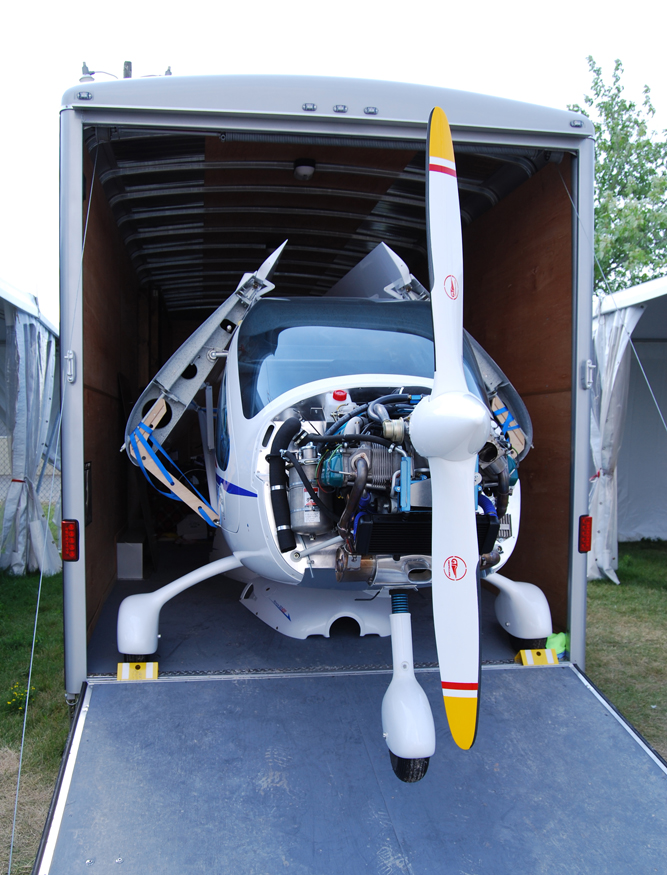
Many airplanes do have enclosed cockpits which some people prefer. However, others have open cockpits which others prefer. Airplanes do provide this option.
The light-sport airplanes cost much less to purchase than larger general aviation airplanes, but are more expensive than the trike or PPC. Similarly, the fuel burned is about half that of the larger airplanes such as a Cessna 172, but slightly more than the trike or PPC. The high performance LSA airplanes fly about as fast as larger heavier airplanes (such as the Cessna 172).
Private pilot airplane pilots can transition to airplane LSA quickly. But for the new pilot learning to fly, controlling the airplanes three axis (roll, pitch and yaw) is more difficult to learn, taking the most time and costing more compared to the trike or PPC. However, obtaining the airplane sport pilot license costs about half what it takes to obtain the private pilot airplane license in the larger airplanes.
Trike Weight-Shift Control LSA
Weight-shift control trikes are a unique aircraft category that have been evolving since the 1970’s. It is a very efficient design because it does not have the tail and the resultant added weight, cost and complexity. It is a very simple aircraft with minimum moving parts.
Slow trikes can fly as slow as 25 MPH, and fast designs can fly as fast as 100 MPH. Slow designs would have a range about 150 miles, with fast designs having a range as high as 600 miles.
All trikes can be taken down and transported/stored in a trailer. This is a great advantage of the trike, it can be brought to a flying site, assembled, flown and then broken down easily and hauled/stored in a trailer.
They cost much less than an airplane to purchase and burn less fuel than an airplane. Simply, with no tail adding to the initial cost and additional fuel requirements, the trike is the most efficient aircraft when it comes to fun verses cost.
The trike has only two axis to control (roll and pitch), which makes it much easier to fly reducing the training time and cost to learn compared to the airplane. Controlling the trike does take a certain amount of strength in more bumpy conditions since the wing in in your hand. However, the ride is smoother for the pilot and passenger in the undercarriage because the wing moves around while the cockpit/undercarriage stays more stable underneath the wing.
Choosing The Aircraft For You
Video trailer on choosing the best category of aircraft for you. This also includes foot-launched soaring ultralights for the full range of aircraft options as a starting point to choose.

